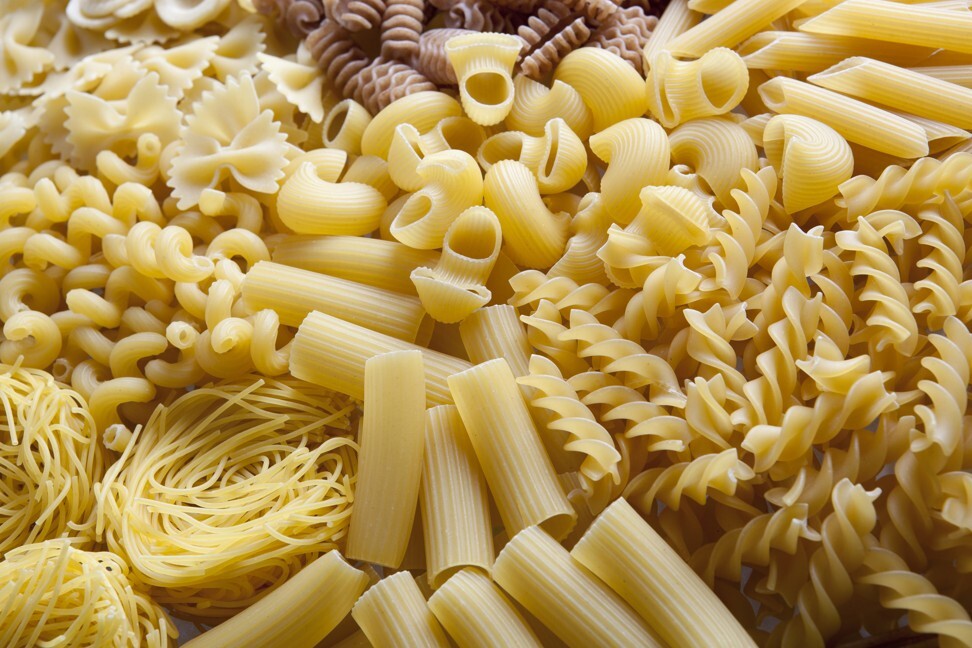
Pasta sold in Hong Kong contains insect fragments, rodent hair and mould toxins, Consumer Council testing reveals
- Watchdog urges firms to improve hygiene measures during production after microscopic bits of dead insect among unwanted items found in pasta products
- One 225 gram serving of instant macaroni was home to 548 insect fragments, the study found
Insect fragments, rodent hair, pesticide residue and toxins from mould have been detected in samples of dried pasta sold in Hong Kong, prompting the consumer watchdog to call on producers to step up hygiene measures in the manufacturing process.
More than two-thirds of the samples contained pesticide residue and deoxynivalenol, a toxin produced by mould which frequently infects grain and can cause vomiting and diarrhoea if ingested in large amounts.
Hong Kong watchdog finds 83 per cent of sunscreens do not meet protective claims
“Manufacturers need to strengthen their quality control measures to ensure a high hygiene standard from procuring wheat to producing the pasta,” council CEO Gilly Wong Fung-han told a press conference on Monday.
“They should pay attention to the hygiene levels of the wheat, especially when we are talking about insect fragments.”
While the concentrations of pesticides and deoxynivalenol detected in the samples were lower than the maximum allowed levels set by Hong Kong and the European Union, and therefore safe for human consumption, the council raised concerns that children could still suffer negative health effects in relation to the mould toxin.
Hong Kong and the EU have not set maximum acceptable standards for insect fragments in food, but the United States Food and Drug Administration considers any product containing an average of 225 fragments in 225 grams of six or more samples as “adulterated”.
Dr Lui Wing-cheong, vice-chairman of the council’s research and testing committee, said consumers should check the expiration date on the packaging and look for signs of mould or contamination before they bought pasta. Cooking food thoroughly should kill any existing bacteria, he said.
Nissin said it suspected the laboratory commissioned by the watchdog had mistaken the wheat bran added to its products for insect fragments, adding that an analysis of 18 packets from the same batch the company sent to a US lab recorded much lower levels.

Meanwhile, the council also surveyed 18 models of washing machines and found they were unable to be both water and energy efficient at the same time.
Front-loading washing machines were more likely to be water efficient but could make annual electricity bills 13 times more expensive than top-loading ones.
Japanese top-loading machines were more energy efficient and would cost consumers between HK$20 (US$2.60) to HK$47 in energy charges a year.
Pet owners file litany of complaints with consumer watchdog
However, the Japanese style top-loading models used twice as much water as the front-loading or European top-loading types, requiring between 23.9 litres to 37.7 litres of water to wash either cotton or synthetic material clothes.
“Each type of washing machine has its pros and cons, so consumers should decide based on their needs,” Lui said. The council also said consumers should always try running a full load of laundry and use the “eco” setting on their machine to save more water and energy.

